Sales of new energy vehicles increased significantly
Make the concept of "car lightweight"
It's hot again.
A variety of modified plastics, composite materials and light alloy materials are increasingly mature, not only in the traditional automobile engine around, but also in the power battery of new energy vehicles, there are a variety of plastic applications.
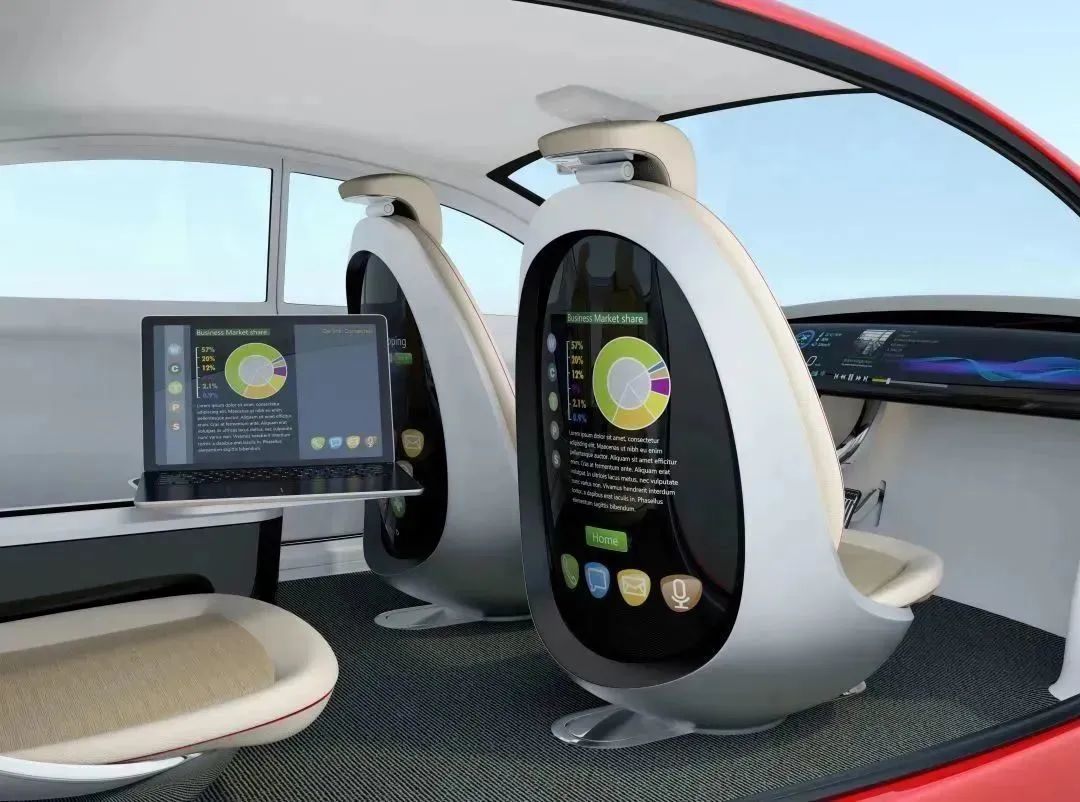
But these plastics do not perform well on the safety issue of flame retardancy.
Flame retardant and its related industries along with "automobile lightweight" become the hot spot of the automobile industry.
Development direction of flame retardant plastics for auto parts
At present, the common types of flame retardant materials used in automotive parts are PP, PA, PU, PC, ABS materials, as well as a variety of modified materials and composite materials composed of them.
Compared with traditional fuel vehicles, new energy vehicles have added battery modules, charging piles and charging guns and other components.
➡️ The amount of engineering plastics used for battery pack module of a single new energy vehicle is about 30kg. The plastic shell of new energy vehicle mainly uses modified PP, modified PPS, PPO and other high temperature resistant plastics.
➡️ Charging piles require engineering plastics due to high usage standards and harsh operating environment. Each charging pile needs about 6kg engineering plastics. At present, PBT, PA and PC are commonly used.
When preparing flame retardant plastics, most of them will increase their limiting oxygen index LOI to about 25-35%, so as to effectively improve the overall safety index of vehicles. In addition, with the current combination of electrification and carbon neutrality, plastics and various flame retardants containing halogens will be more restricted.
Therefore, the future development direction of flame retardant plastics, in addition to the need for sufficient mechanical properties to meet the lightweight demand, in electric vehicles and other fields will also need materials to pay attention to the electrical, processing, environmental protection requirements
Flame retardants will develop towards the direction of halogen-free and high performance, while the research focus of high performance flame retardants will develop towards the direction of complex co-effect flame retardants, halogen-free flame retardants, expansion flame retardants, superrefinement, nano technology, high efficiency surface chemical modification technology and multi-functional technology.
Application of flame retardant materials in automobile parts
At present, the flame-retardant plastics mainly used are PP, PU, ABS and PC. According to the special needs of automobile parts, composites (alloying), PA, PBT and PMMA are also used accordingly.
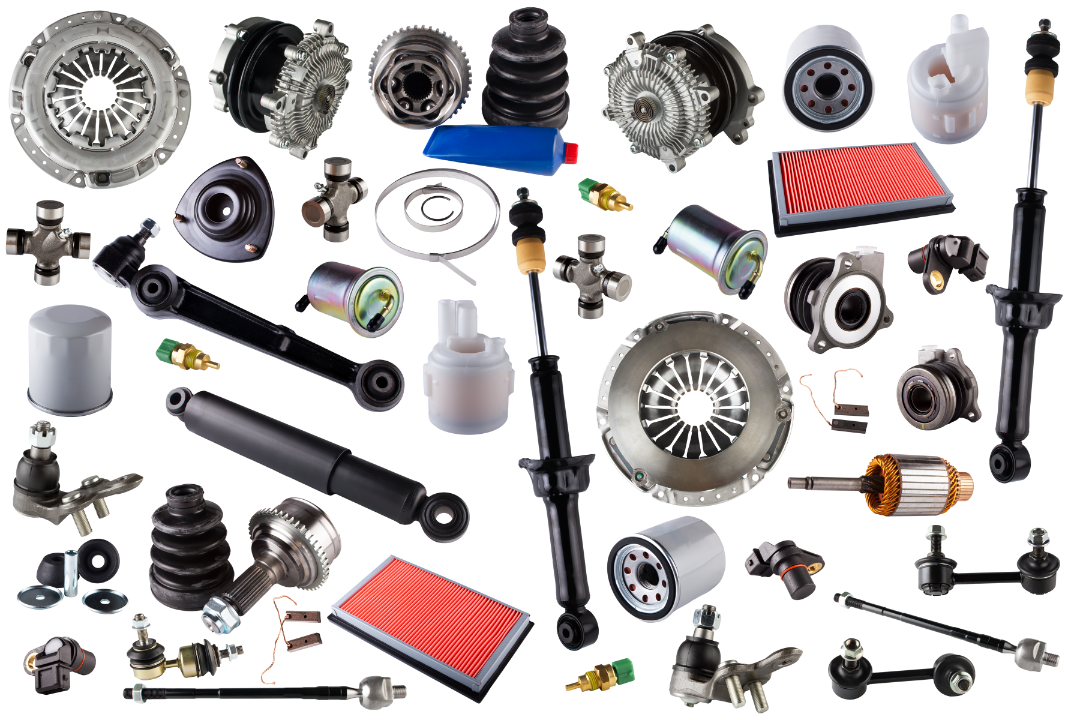
Flame retardant PP
PP is the largest amount of automotive plastic polymer material, has excellent chemical corrosion resistance, and the processing process is simple, low cost. Widely used in automobile instrument panel, battery pack shell, door guard, post, seat guard, bumper and so on.
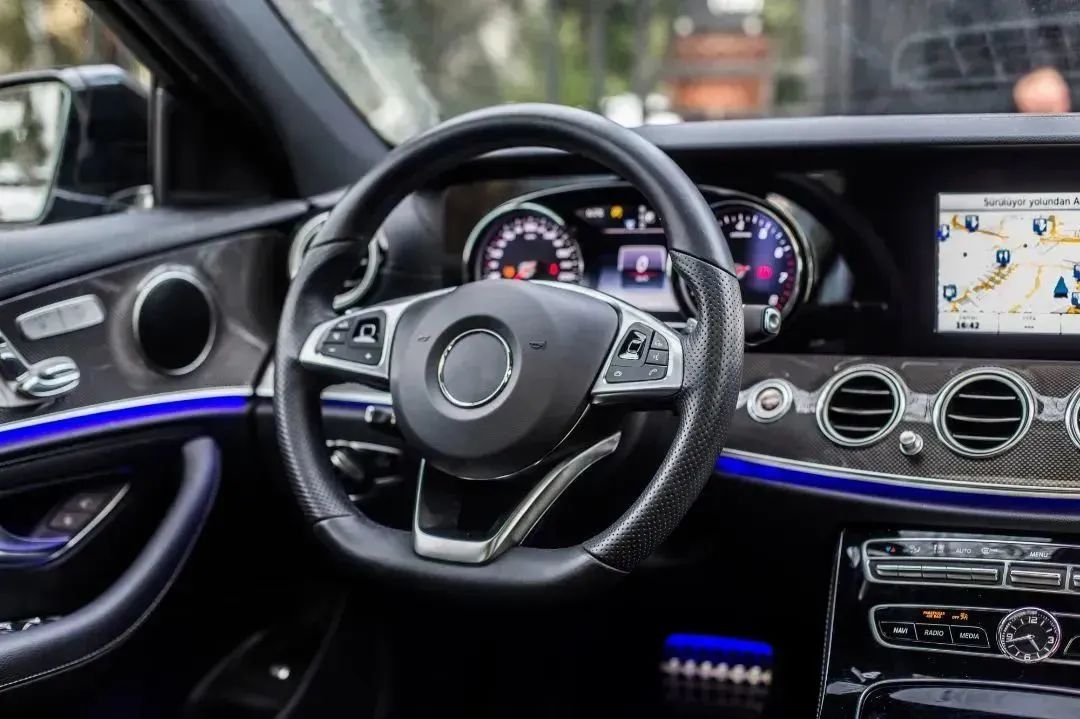
However, the flame retardancy of PP without added flame retardants is very poor, and its LOI is only 17.8%, which is very easy to burn. The research on automotive flame retardant PP mainly focuses on the modification of PP matrix, and the development of PP composites with excellent mechanical properties and flame retardant effect by adding low toxicity and halogen-free flame retardants.
With the implementation of strict environmental policy, halogen-free flame retardants for polymer materials has been the general trend.
In combination with specific cases, there have been examples of LGF enhanced halogen-free flame retardant polypropylene battery tank prepared by using PP as matrix, long glass fiber (LGF) as filling material, adding phosphorus and nitrogen series halogen-free expansion flame retardant, MCA, etc.
In the preparation process, double masterbatch preparation method was used to prepare LGF masterbatch and halogen-free flame-retardant masterbatch respectively, and then the two were mixed evenly and injected directly to produce flame-retardant PP products.
The double masterbatch preparation method avoids the degradation of flame retardants and mechanical properties caused by short length of glass fiber, which are caused by high shear temperature caused by excessive shear in the manufacturing process of long glass fiber masterbatch.
In the halogen-free modification technology of flame retardant PP, IFR is considered to be one of the most promising development directions of halogen-free flame retardant PP due to its advantages of minimal effect on processing fluidity and low density, excellent flame retardant efficiency, less consumption, low smoke and non-toxic.

Flame retardant ABS
ABS is also one of the world's largest household appliance polymer materials before the rise of the automotive industry.
According to incomplete statistics, about 80% of ABS consumption in China comes from the field of home appliances, which is mainly due to the superior surface coating performance, durability and anti-corrosion of ABS.
ABS가 자동차 코팅 분야에서 일반적으로 사용되는 것도 이러한 특성 때문입니다. 그러나 ABS 수지의 분자 구조는 C, H, O 원소만을 포함하고 있어 난연성이 없으며 고온 단계에서의 안정성이 매우 떨어지고 연소되기 쉽습니다. 동시에 연소 과정에서 매운 냄새와 검은 연기가 발생하여 자동차 부품에 직접 사용할 수 없습니다.
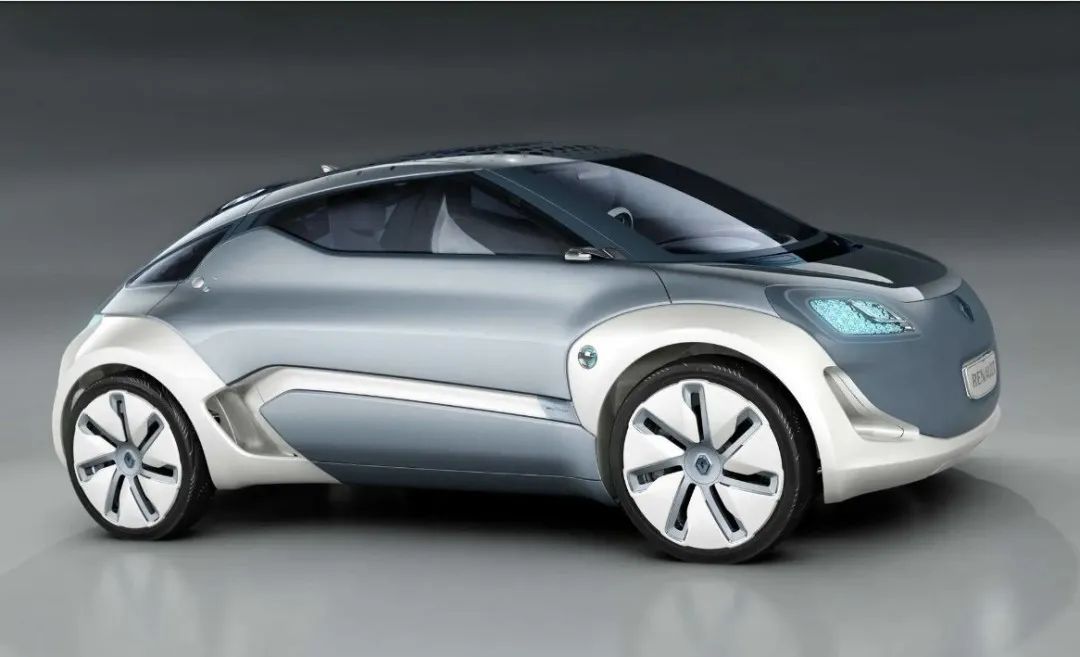
현재 ABS의 주요 적용 방향은 난연제 또는 고온 저항 개질 또는 PC와 혼합하여 PC/ABS 복합 재료를 사용하는 것입니다.
ABS의 경우 할로겐화 난연제의 난연 효율이 상대적으로 높고 브롬의 난연 효과가 염소보다 우수합니다. 할로겐계 난연제는 저렴하고 효과적이지만, 향후 정책 및 환경규제에 따른 압박이 큰 것으로 알려져 있습니다.
따라서 ABS의 난연 개질은 여전히 중요한 연구 개발 방향입니다.
그러나 브롬계 난연제는 여전히 엄격한 난연제 기준이 적용되는 응용 분야에서 가장 널리 사용되는 선택입니다. 전자 및 전기 제품에 사용되는 ABS의 약 70%가 브롬계 난연제인 것으로 보고되고 있습니다.
PC/ABS는 더 나은 HDT 및 안정성과 더 나은 처리 성능이라는 두 가지 장점을 모두 가지고 있습니다. 현재 최대 생산량과 가장 성숙한 기술을 갖춘 플라스틱 합금이며 자동차 부품 분야에서 가장 널리 사용되는 재료 중 하나입니다. 계기판, 배터리, 차체, 내장 등 모든 부품이 PC/ABS 소재를 사용한다.
그러나 일부 지표에는 여전히 "1+1 < 2"가 있음에 유의해야 합니다. PC 자체는 일종의 자기 소화 재료이며 UL94는 V2 수준에 도달할 수 있지만 PC/ABS의 난연 성능은 감소했습니다. 구성해야합니다.
할로겐화 및 인 시스템 외에도 나노 크기의 삼산화안티몬, 수산화알루미늄, 수산화마그네슘 및 나노층 이수산화물과 같은 나노 난연제 또한 큰 관심사입니다.
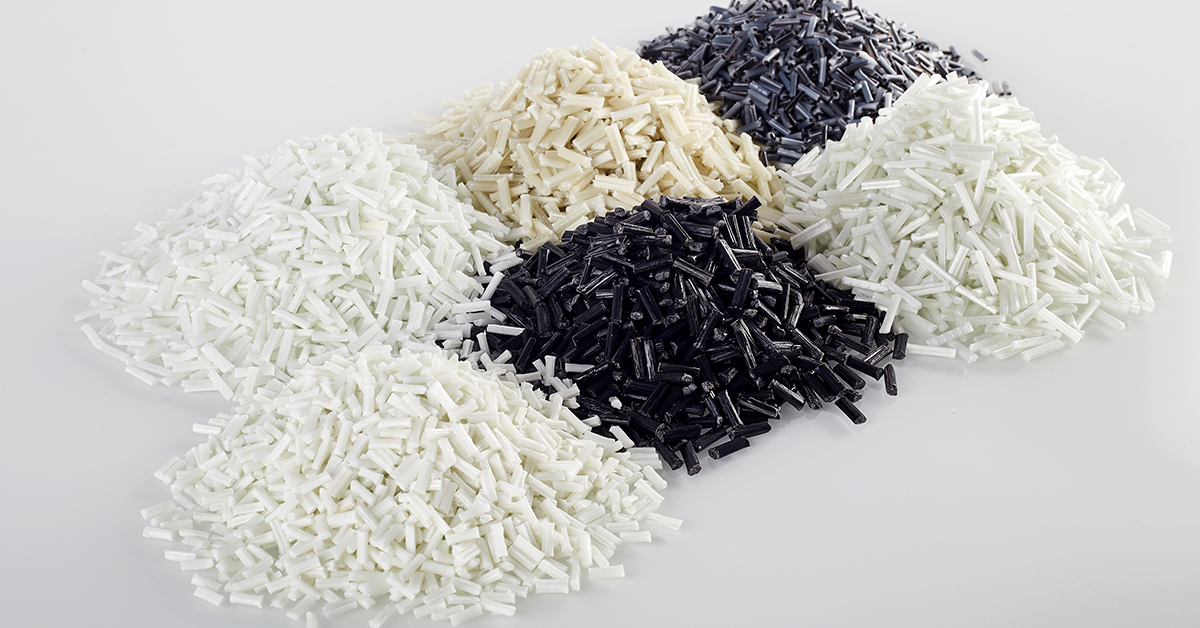
난연성 PC
PC는 5대 엔지니어링 플라스틱 중 하나로서 자동차 대시보드, 램프 시스템, 열판, 성에 제거 장치 및 심지어 범퍼로 만든 일부 PC 합금과 같은 자동차 부품의 응용도 상당히 성숙합니다.

PC 자체에는 특정 난연성이 있으며 다른 폴리머 재료(예: PE, PP 등)와 비교하여 특정 이점이 있으며 LOI는 최대 21-24%입니다. 그러나 상대적으로 높은 난연제를 요구하는 응용 분야에서는 여전히 자동차 부품의 난연제를 개량할 필요가 있다.
브롬화 난연제는 분명히 PC의 난연성을 향상시킬 수 있으며 일반적으로 사용되는 데카브로모디페닐 에테르(DBDPO), 테트라브로모디페놀 A(TBB-PA) 등이 있습니다. 그러나 브롬계 난연재는 고온에서 분해되는 경향이 있으며 부식성 가스를 생성하여 자동차 부품을 손상시킬 수 있습니다.
또한 브롬계 난연제를 첨가하면 PC의 투명성에 심각한 영향을 미치며 유럽 연합의 비할로겐화 및 환경 보호 정책의 요구 사항을 충족하지 못합니다.
현재 TPP, RDP 및 BDP는 산업용 PC 제품에서 가장 널리 사용되는 인계 난연제입니다.
➡️ TPP는 상온에서 견고하며 열 안정성이 떨어집니다. PC 가공 온도에서 휘발되기 쉽고 기상 난연제 역할만 합니다.
➡️RDP 및 BDP는 상온에서 액체이며 열 안정성이 우수하여 동시에 기상 및 고체상 난연제 역할을 할 수 있으며 BDP와 PC는 상용성이 우수하여 경화 역할을 할 수 있습니다.